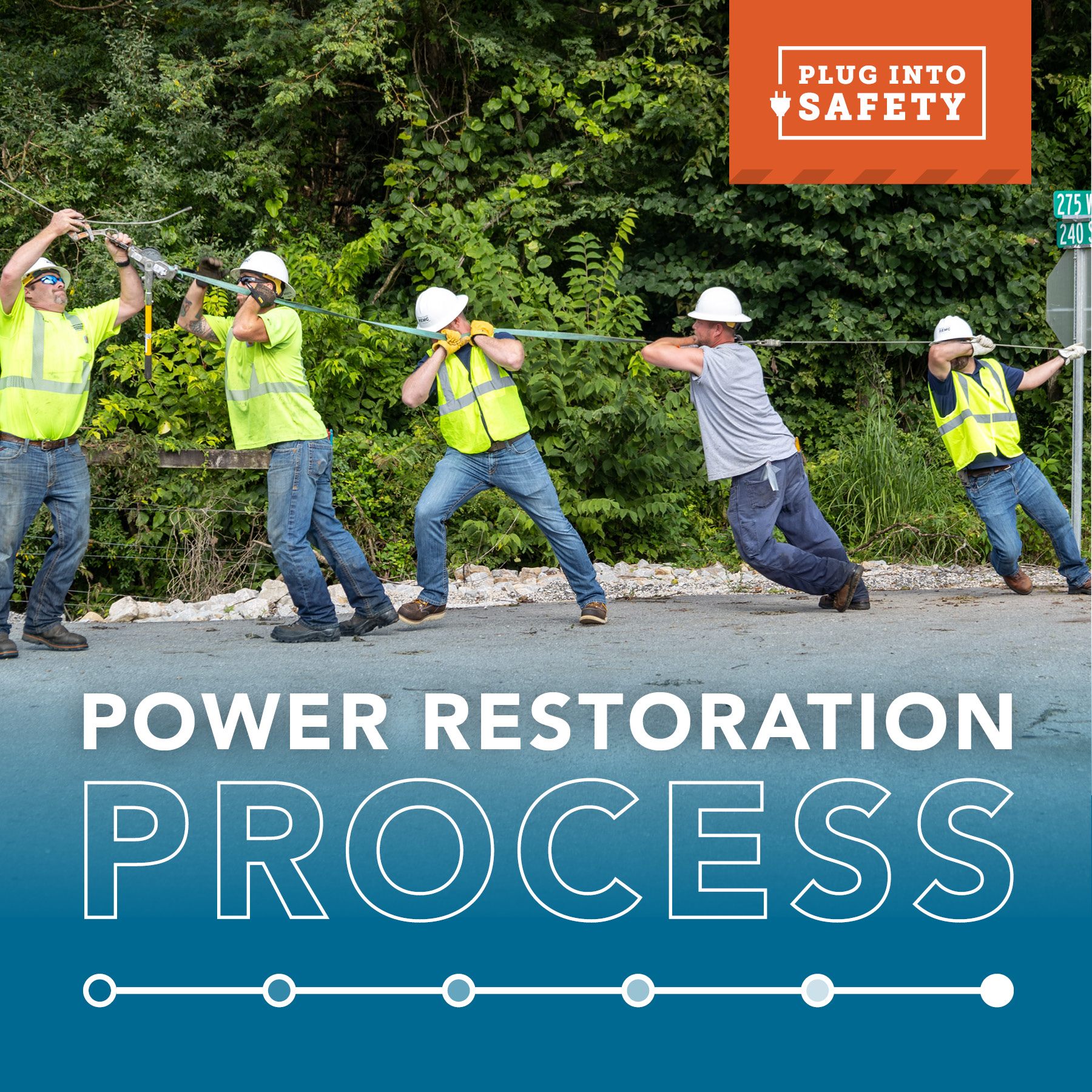
Aug. 11 is just one day a year, but your electric cooperative hopes the 8/11 date on the calendar will serve as a natural reminder for residents to call 811 before a digging project any day of the year.
Every six minutes, an underground utility line is damaged somewhere in the United States because someone decided to dig without first calling 811.
“811 Day reminds homeowners and professional contractors to make that call,” said John Gasstrom, CEO of Indiana Electric Cooperatives. Calling 811 to share your intent to dig will signal the appropriate utilities to mark the approximate locations of their buried infrastructure with flags, spray paint or both. This is a free service. “Whether it’s electric, gas, water, or communications cable, you don’t want to accidentally dig into a buried utility,” Gasstrom added.
Striking a single line can cause injury, repair costs, fines and inconvenient outages. Every digging project, no matter how large or small, warrants a call to 811. Installing a mailbox, building a deck, planting a tree and laying a patio are all examples of digging projects that need a call to 811 before starting.
Indiana requires two full working days’ advance notice to the 811 center or online before a digging project to give the utilities enough time to mark the approximate location of their underground utilities on your property. “Working day” means every day except Saturday, Sunday, and observed holidays. Each line will be marked in the color that corresponds to the appropriate utility. The marks are valid for 20 days.
Before you contact Indiana 811, you will need to know specific details about where you plan to dig:
- The county, township, street address, nearest intersecting street and location on the property.
- The name and phone number of the person who will be doing the digging.
It’s recommended you mark the designated area with white paint or flags, so the utility operators know where you plan to excavate.
“It really is the only way to know which utilities are buried where,” noted Gasstrom. “And, after all, calling before you dig is the law.”
Look out below!
Overhead is not the only place electric power lines cross our yards or bring electric service to the house. In many neighborhoods, buried power lines have become the norm. While this means there are no poles and wires running overhead to worry about, they still require special consideration:
- Underground power lines require those green boxes, called pad-mount transformers. Though it may be tempting to hide them with landscaping, please don’t. Your electric cooperative might have to open that equipment during a power outage or for routine maintenance.
- Keep shrubs and structures at least 12 feet from the “door” of the box, and at least 3 feet from the sides.
- If landscaping is too close, inadequate air circulation can cause equipment to overheat and fail. Plantings might have to be cut and removed.
- Keep the meter on your house visible and accessible, too.
- Never allow children to play on or around the pad-mounted transformers. They contain electrical equipment with high voltage inside.
- Do not plant near underground utility services. Tree roots can grow and interfere with underground pipes, cables and wires. Future repairs to these facilities also could damage the health and beauty of nearby plants and trees.






